The subtropical crop campaigns are still underway in March on the Tropical Coast of Granada. "We are still working with two of the avocado varieties that are grown in the area, the Pinkerton and Hass, as well as with some small quantities of what is known as cocktail avocado," says Borja Piedra, from the online subtropical product sales platform Huerta Tropical.
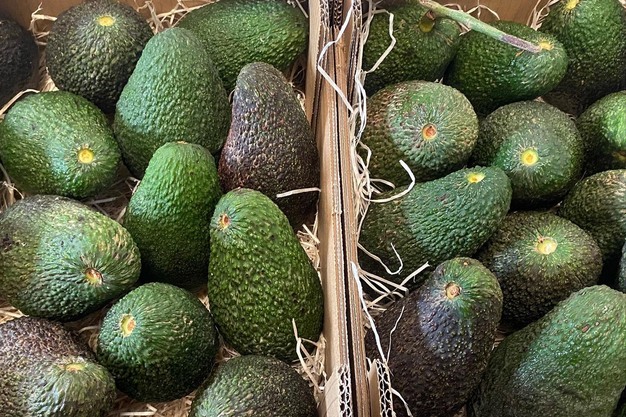
"Motril and Salobreña are privileged areas within Andalusia's tropical cultivation area, as we have water from channels and from the Sierra Nevada thaw; but the heat during the flowering phase affected us just like other producers in La Axarquía and the Tropical Coast. We had a very abundant flowering in the spring of 2023, but the high temperatures caused many flowers to fall (in many cases, around 50-60%), and we didn't get a good fruit setting."
And that has happened in a context of an increasingly growing demand for Spanish avocados, says Borja. "The quality of Spanish avocados is recognized both in Spain and Europe; however, the lack of fruit and high demand, especially from marketers, who have needed to continue meeting their commercial commitments, have caused prices to go on an upward spiral this campaign." It should be noted that although the production has been under pressure, Andalusian avocado exports during the first four months of the campaign have increased by 19% in terms of volume and by 24% in terms of value compared to the previous campaign, according to data provided by the Government of Andalusia. "The question is whether smaller companies that only work with Spanish avocados and cater to domestic consumers can withstand those price levels," he says.
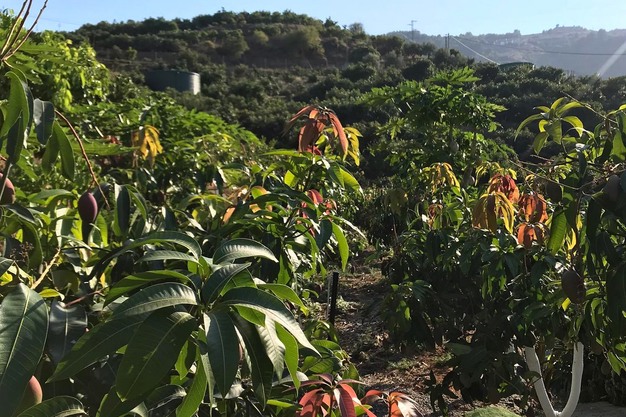
In 2023, Andalusia experienced the warmest spring since 1961
We cannot forget that 2023 has been a year of extreme temperatures and lack of rainfall in Andalusia. The spring was extremely warm, with temperatures 2.2 degrees Celsius above average, the warmest since 1961; and avocados were not the only subtropical crop for which that heat was a determining factor in the production results. "Mangoes were also affected. It is a well-known fact that the first mango flowering, which takes place in March, is usually removed to prevent the cold from damaging it. The trees then have a second flowering in April/May, which produces the summer harvest. However, in those months last year we had abnormal temperatures exceeding 30 °C, which affected that second flowering. In fact, we know producers who lost 90% of their harvest for this reason," says Borja.
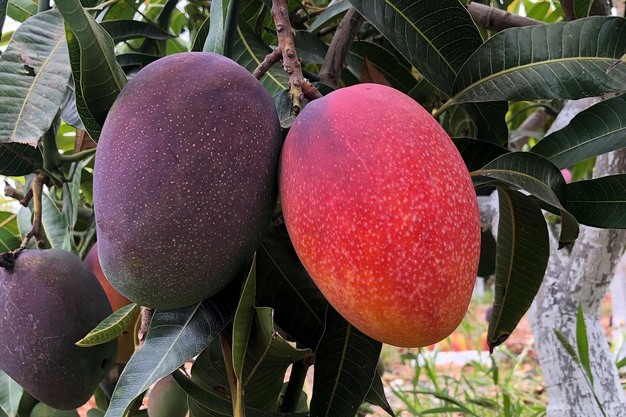
In April, with 3.9 degrees Celsius above average, Andalusia had the highest temperatures in that month of the last 63 years. Later, August 2023, with 2 degrees above average, and January 2024, with 3 degrees above average, also became the warmest since 1961.
This also had consequences on cherimoyas. "Generally, the harvest always starts at the end of September/beginning of October, but this year there was already fruit of a large size in August, because the heat accelerated the ripening," he says. "Not only did the production start early, but it also accumulated and all the fruit that we should have had in three and a half months, up until December, was ready in just two months (September and October). As a result, this has been the first campaign in a long time in which cherimoya prices have dropped for the producers."
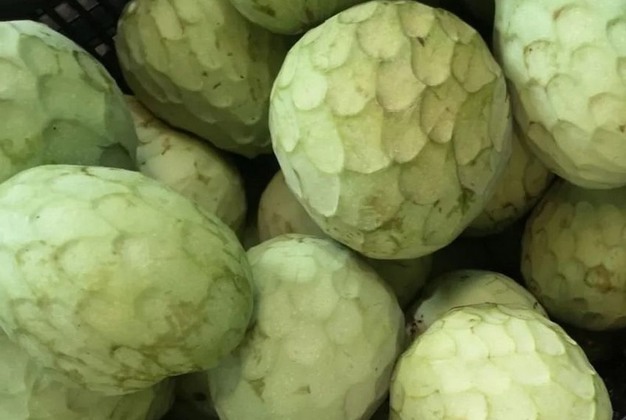
"There should be greater diversification in subtropical crops"
"Although the weather conditions are cyclical, there is a clear upward trend, as far as temperatures are concerned, and that is why we need greater varietal diversification with subtropical crops, with varieties that bloom and are harvested in different months, so that growers can spread the risk and save their campaigns if there is a period in which one of the varieties is affected," says Borja.
Besides the most popular subtropical crops, other fruits introduced more recently, such as dragon fruit or passion fruit, are showing greater resistance to extreme conditions. "For dragon fruit in particular, it has been a good year. This fruit withstands more extreme weather conditions. It can tolerate high temperatures and, above all, does not require the irrigation that other subtropical products need. The plant is also very productive and is not attacked by many diseases. The price curve at origin is gradually decreasing as the production in Spain increases, but it remains a profitable product."
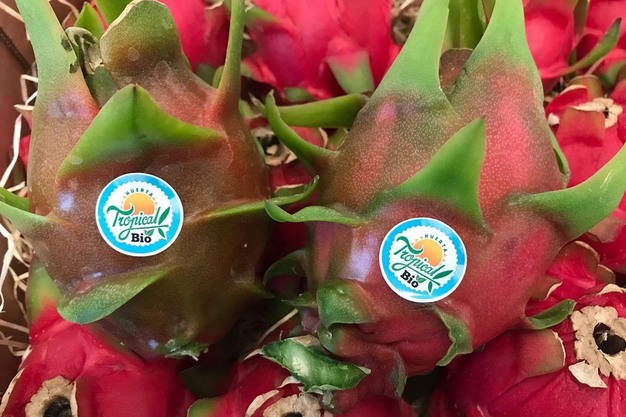
 For more information:
For more information:
Huerta Tropical
Calle Santo Domingo S/N, Polígono El Vadillo
Motril, Granada, Spain
Tel.: +34 690 30 86 68
hola@huertatropical.com
https://huertatropical.com
